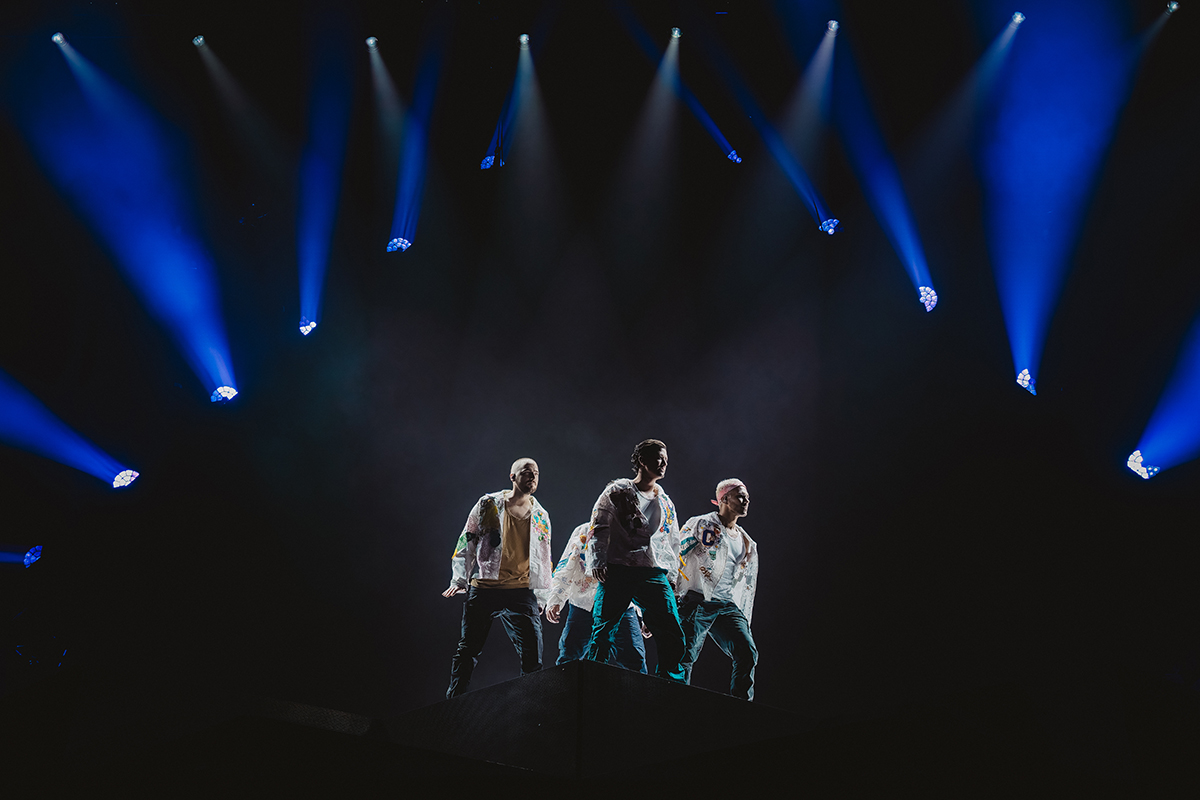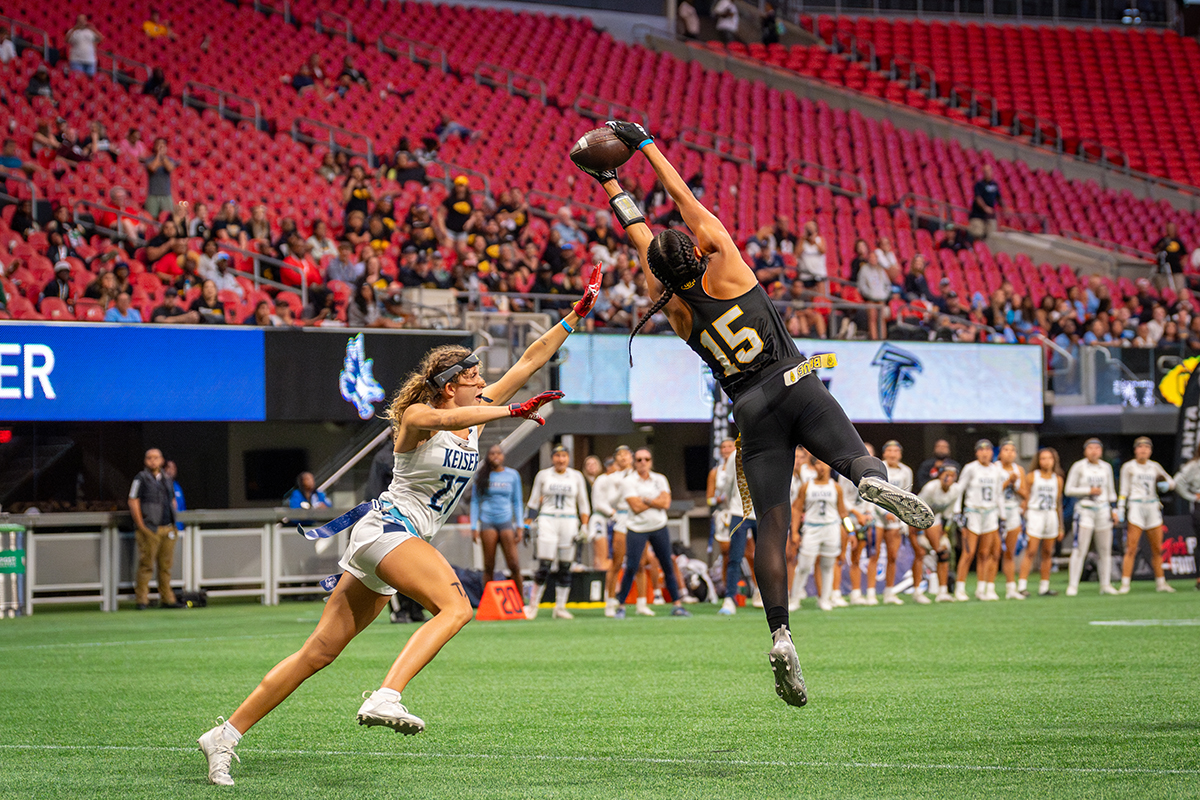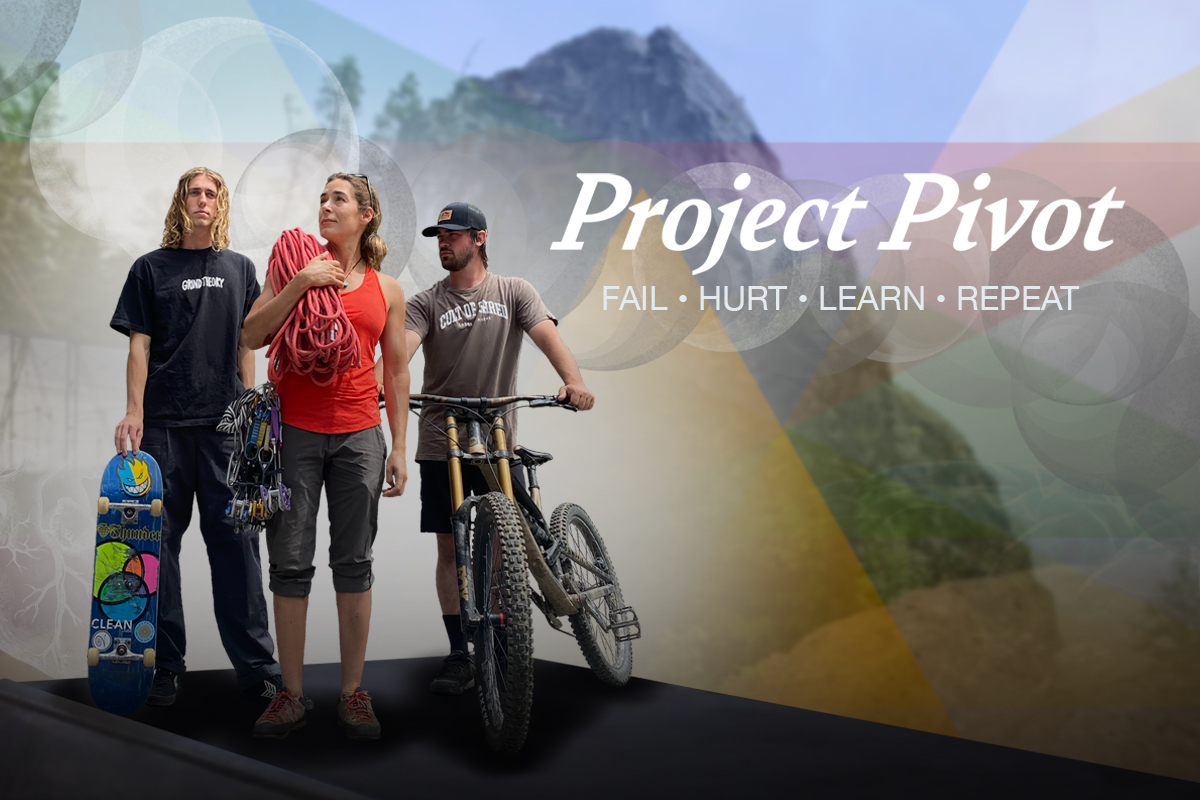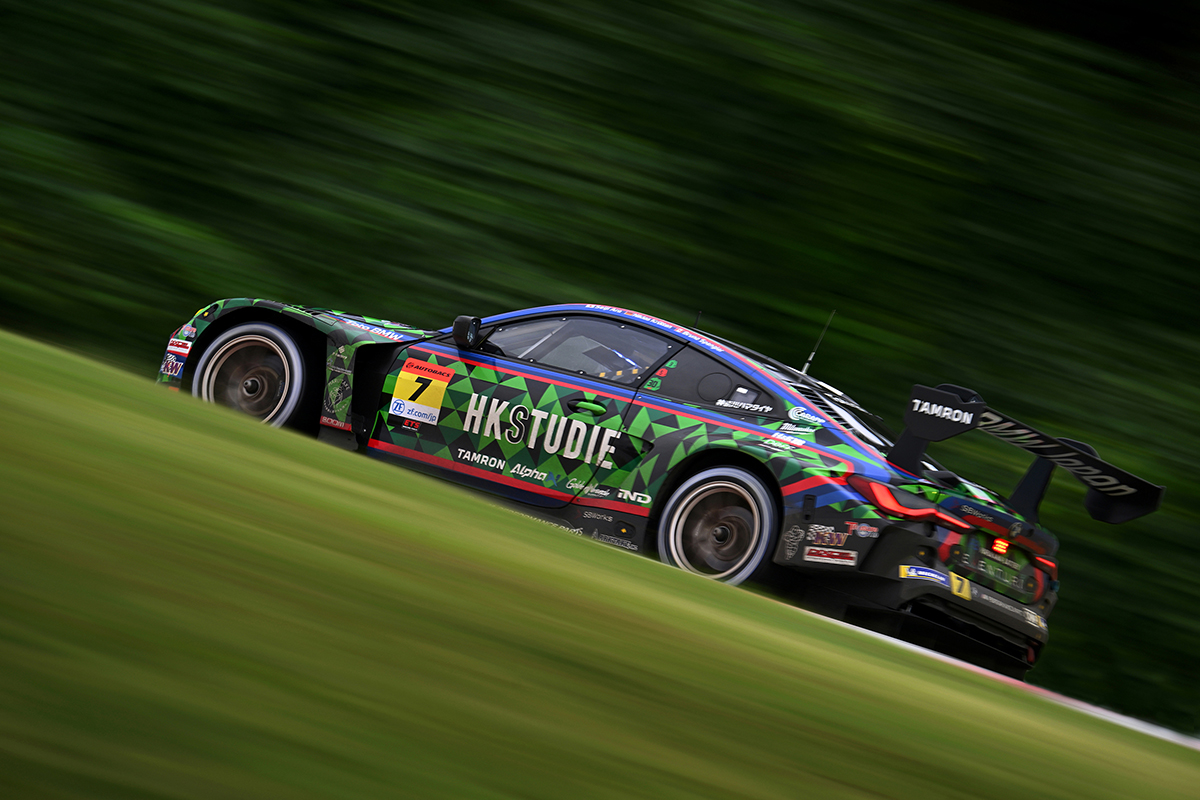
On Your Mark, Get Set—Race!
Wataru Tamura breaks out the Tamron 28-75mm F2.8 G2 and 150-500mmm VC ultra-telephoto lens for his adrenaline-spiked motor sports photography.
Author: Jenn Gidman
Images: Wataru Tamura
Share Article
Wataru Tamura breaks out the Tamron 28-75mm F2.8 G2 and 150-500mmm VC ultra-telephoto lens for his adrenaline-spiked motor sports photography.
In the mid-‘80s, a young Wataru Tamura stumbled upon a TV special about the 24 Hours of Le Mans, an annual endurance-driven sports car race held in France. “That sparked my fascination with motor sports,” he says. A few years later, Wataru accepted an invitation to visit the Fuji Speedway in the Japanese city of Oyama, his first stint seeing racing in person, and he was hooked for good.
“The sounds, the smells, the incredible speeds, the overall intensity—I was overwhelmed by the atmosphere,” he says. “I was also simultaneously developing an interest in cameras, so I began to think about how I could capture my vision in photographs. I started visiting the circuit regularly to take pictures.”
Today, Wataru counts two Tamron lenses among his workhorses at the track, especially for Super GT races: the Tamron 28-75mm F2.8 Di III VXD G2 standard zoom and the Tamron 150-500mm Di III VC VXD ultra-telephoto zoom, both for his mirrorless camera system. “As an F2.8 lens, the 28-75mm G2 is super effective for shooting in darker environments like the pit,” he says. “The bokeh I’m able to achieve is perfect for my style of shooting, and the focal-length range allows me to capture the scene in a way that feels like what I saw with my own eyes.”
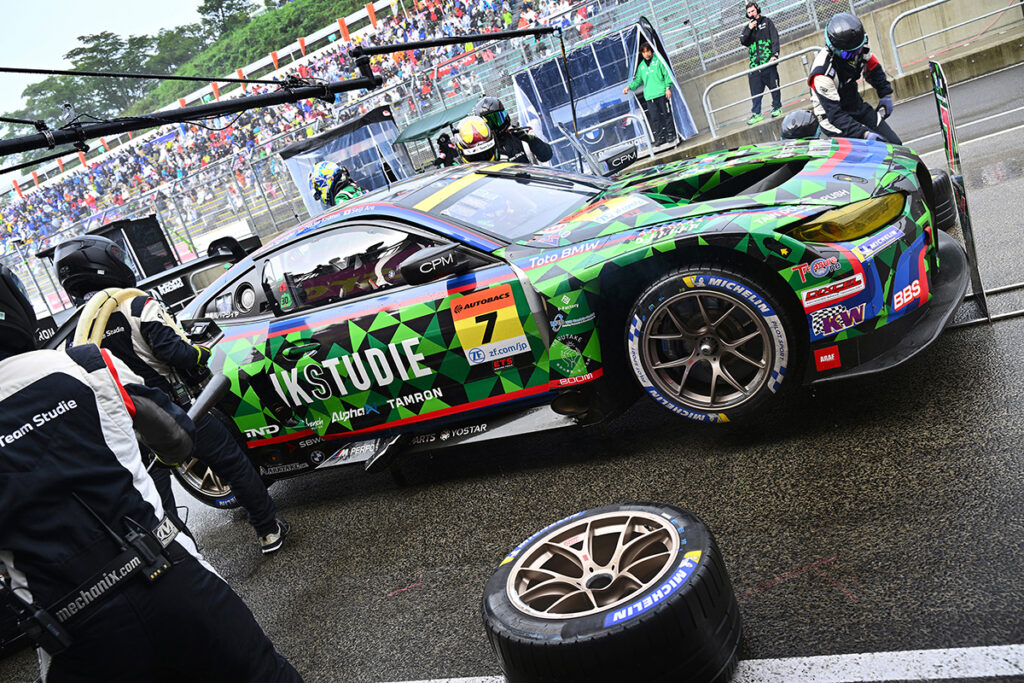
Meanwhile, Wataru considers the 150-500mm VC lens to be the ideal zoom lens for the circuit. “It features a variety of focal lengths, so I don’t have to carry multiple lenses when I’m taking photos of cars,” he says. “I use it for action shots trackside, but also for close-ups of drivers’ expressions and for staff activities in the pit and at the podium. At just under 61 ounces, its light weight is also a major advantage, especially in racing photography, where mobility is key. They’re both the best lenses for car photography, offering excellent autofocus speed and resolution and enhancing my shooting experience.”
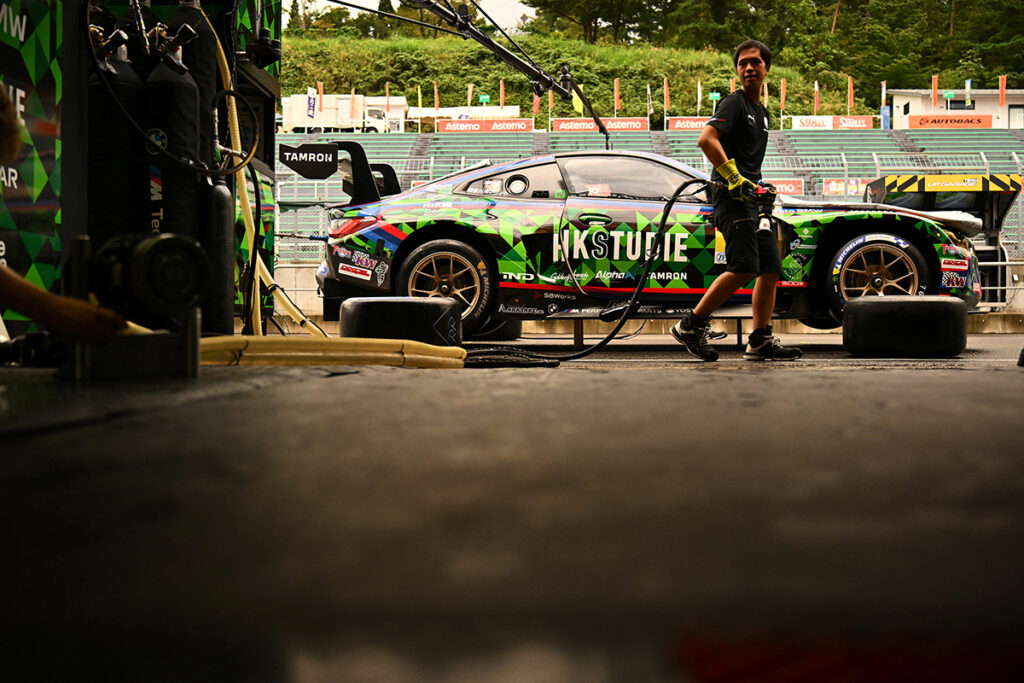
WATARU’S QUICK TIPS
Prep for a challenging shoot.
Reliability is the most important thing for me, in terms of both my camera and the lenses I’m using. Because this type of shoot is outdoors, gear that can withstand dust, dirt, and splashes is essential. As I walk around the track to take my pictures, I’ll also sometimes bump my equipment against things like guardrails in tight spaces to get the best angle for car photos, and in heavy rain, gear can still get wet, even if you’re using covers. That’s why it’s necessary to have durable lenses like the Tamron 28-75mm F2.8 G2 and 150-500mm VC, which withstand those more challenging conditions.
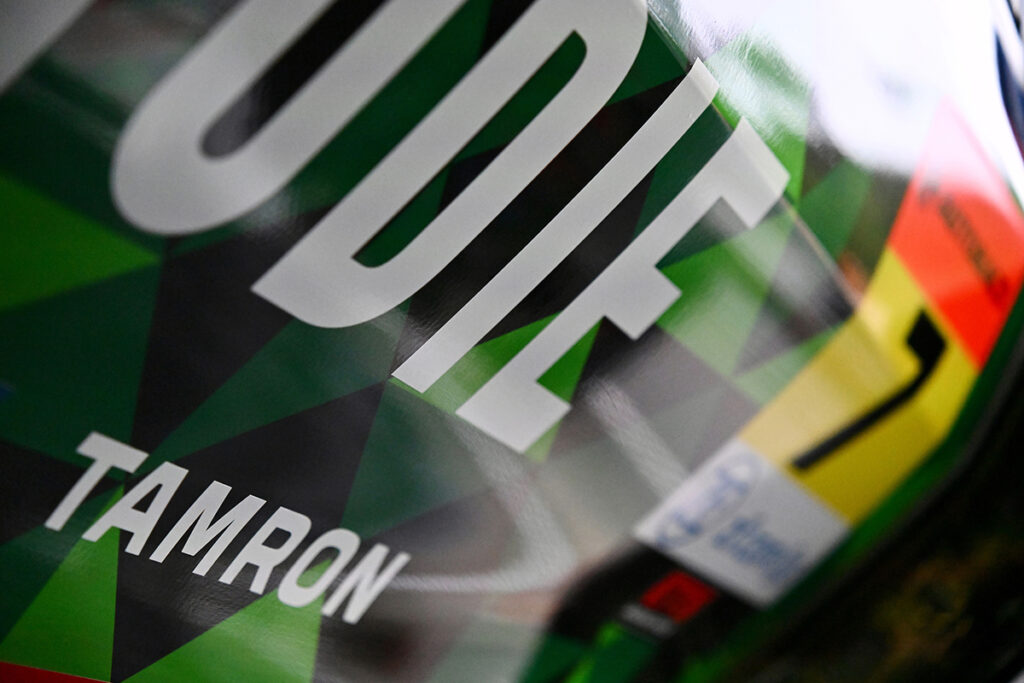
As for clothing, I always choose something that allows me to move freely while I’m shooting. Even in the summer, I wear long sleeves and pants for protection. In top-category races like the Super GT, wearing fire-resistant racing suits and a helmet is mandatory for safety when shooting in the pit lane.
Set your car photography settings for success.
The ideal shutter speed you use depends on the speed of your camera, the distance between you and your subject, and the lens you’re using. It also depends on the type of image you’d like to capture. For this kind of fast-action automotive photography, I always consider how much I want to freeze or blur the motion. Controlling that balance is what shutter speed is all about, so I use Shutter Priority mode when taking pictures at the track for my style of creative car photography.


Craft a vision in your mind’s eye.
Although conditions in the professional photographer spots and spectator areas differ significantly at a racetrack, the most important factor remains the same: Ultimately, it’s about what kind of race car pictures you want to capture, requiring you to approach the shoot specifically with that image in mind. Research the lighting where you’ll be shooting and think ahead about possible compositions so you can best plan your shots.
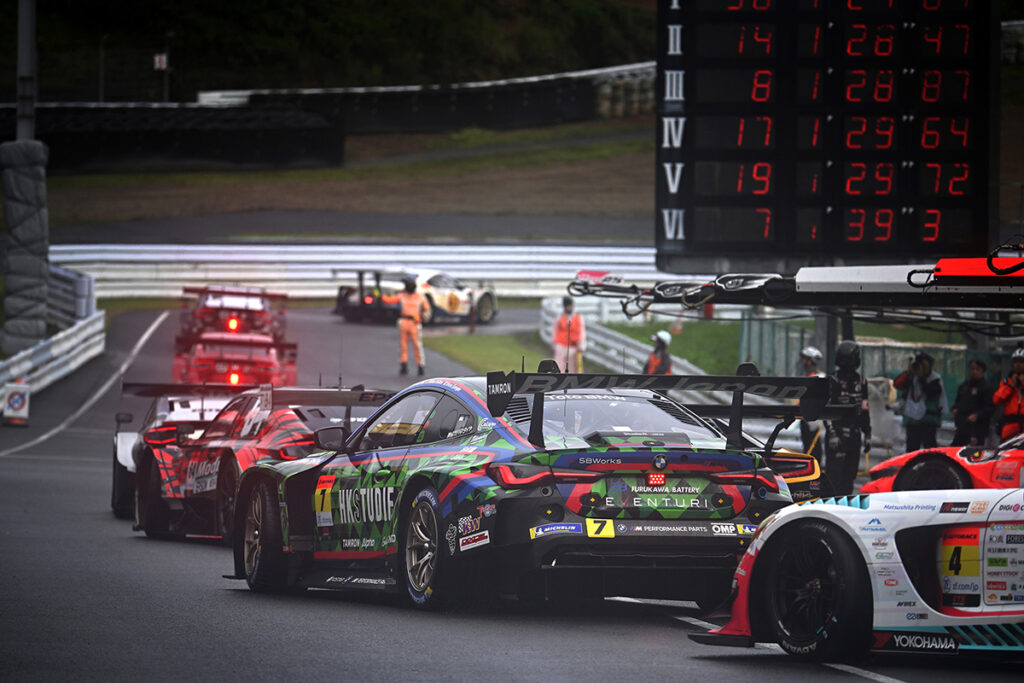
However, also be cognizant of one of the best automotive photography tips: that some of your best images at the racetrack will occur spontaneously, before you’ve had a chance to do that legwork. Always be ready to think on your feet and have your zoom lenses ready.
Master the art of panning.
Many people who take part in this type of auto racing photography simply want to take cool photos of those revved-up machines racing, so I’d recommend practicing how to do proper panning shots for car racing pictures. The key is to move the camera (or lens) in sync with your subject (the race car), so it stays within your frame without losing it. Among my favorite car photography tips is how important it is to start tracking the subject in the viewfinder long before actually pressing the shutter button.
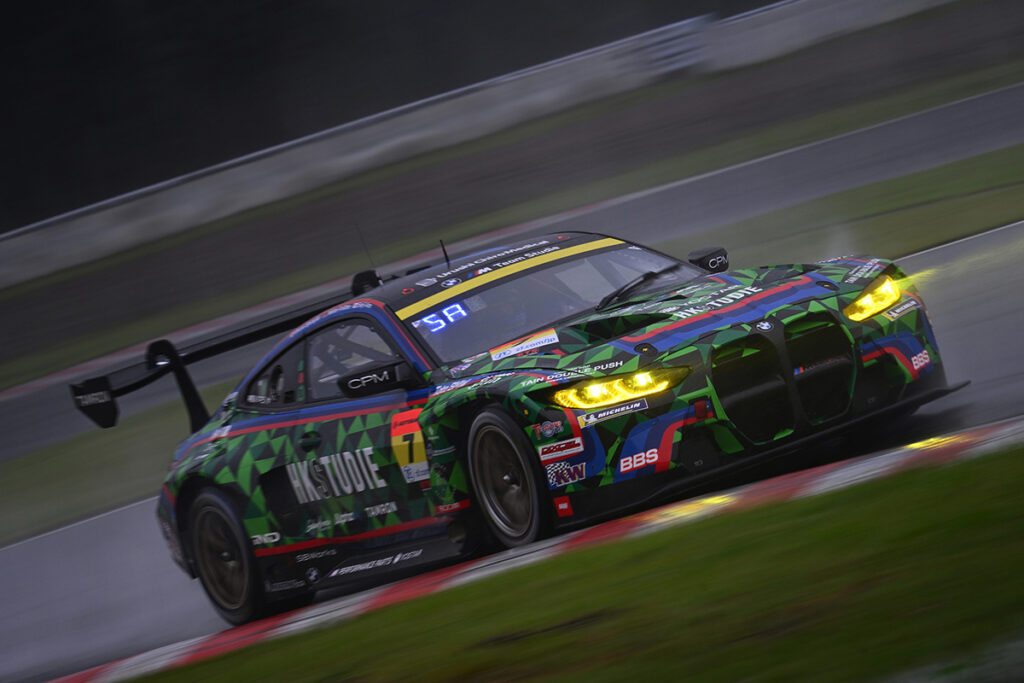
Go for variety.
I try to mix things up so my documentation of each race isn’t just the same static shot but substituting in different cars. Sometimes I’ll use my Tamron lenses to fill the frame to capture details or the expression on a driver’s face—motor sports is driven by the passion of the people who partake in them, so it’s important to include images of the participants. Other times I’ll go a little wider and zoom out to capture more of the crowd and environment, which is always exciting.
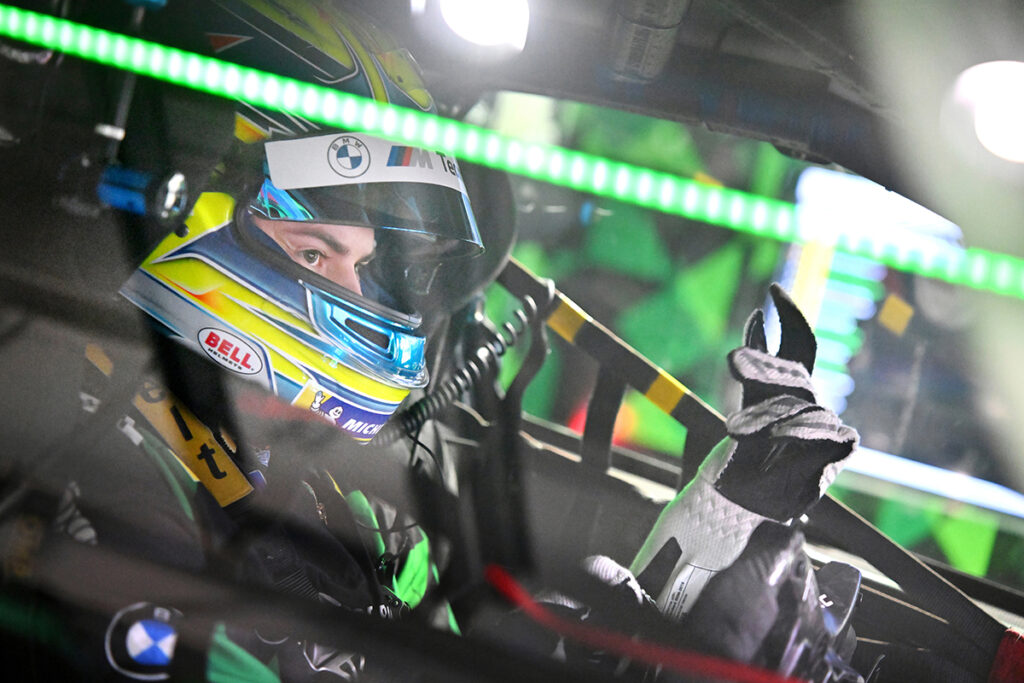
It’s also important to not just focus on the images you immediately deem “successful,” but also to properly review the ones that maybe didn’t turn out as you initially expected. You may find a hidden gem in there if you look more closely.
